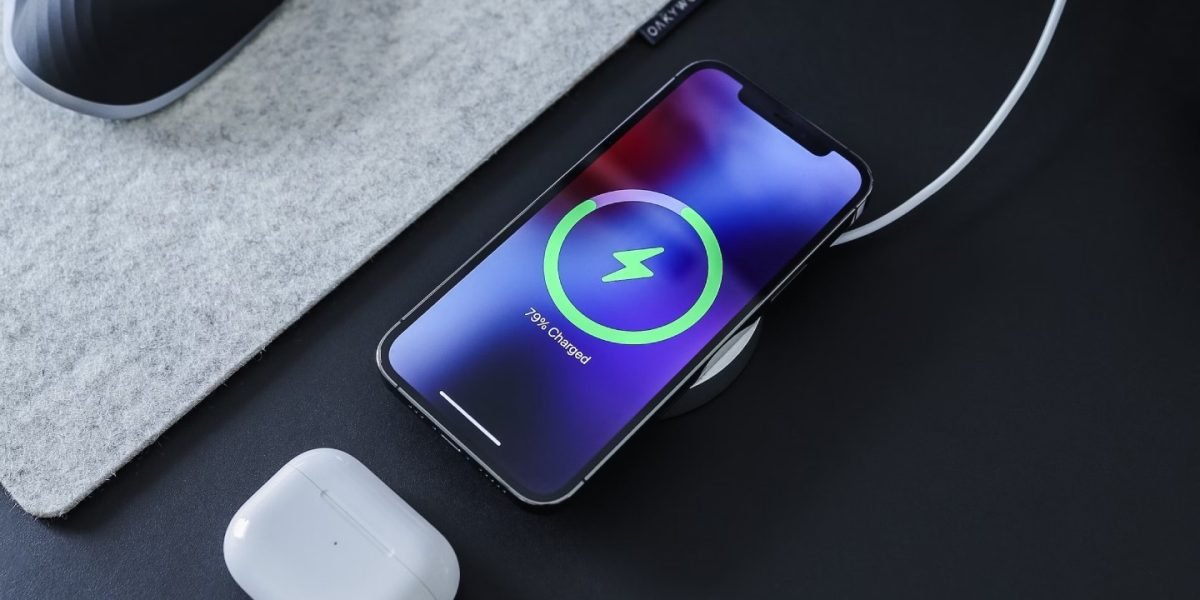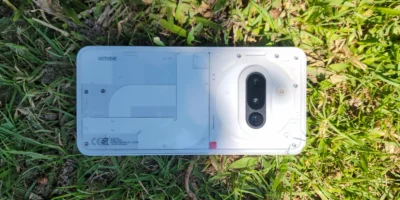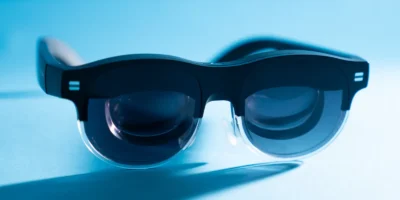This is a guest post by David White is a dynamic Tech Entrepreneur known for his relentless drive for innovation and transforming ideas into successful ventures. Currently, he works with NYTSTND, where he continues to disrupt industries and shape the future through his innovative ventures.
We’re living in a technological age, where the use of handheld devices like phones and tablets is a core aspect of day-to-day life. Such devices also regularly need to be charged back up, but the way in which you charge your phone and other gadgets could impact their lifespan.
In fact, research suggests that opting for newer charging accessories, like wireless charging stations, could help devices last a whole lot longer. Read on to learn more about the impacts of charging methods on device longevity.
How Do Charging Methods Impact the Lifespan of Electronic Devices?
The simple act of charging a phone could have a direct impact on how long that device lasts before needing to be replaced. This is because certain methods of charging actually pose a risk to the device, sending more energy than needed into the battery, which can lead to overcharging, overheating, and internal damages in the long-term.
Traditional Charging Methods and Their Limitations
The most common and traditional way in which people charge up their phones and similar devices is via a charging cable and power outlet. You simply plug the relevant cable into a port on your phone, connect the USB end of the cable to a plug or power source, and leave the device to charge.
While plugged in, the phone’s battery receives an electrical charge from the power supply. This causes various chemical reactions inside the battery, charging it back up slowly. However, this method has certain risks and limitations. Notably, it can lead to overcharging, and it’s up to the phone owner to see when the device is charged and remove it from the wall.
Overcharging and its Consequences
The biggest risk with standard cable charging is that many people often leave their devices plugged in even after the battery has charged up to 100%. That means that energy continues to flow into the device, triggering more chemical reactions and raising the temperature of the battery. This can eventually cause damages to the battery, and even potentially to other parts.
Impact of Fast Charging
In recent years, we’ve seen a rise in the availability of “fast charging” devices, which claim to be able to power up their batteries in a fraction of the time it would take with traditional ports and cables. While this can be very convenient for users who don’t want to deal with long periods of downtime with their devices, it also has some downsides and notable risks.
Increased heat generation
Unfortunately, despite fast charging’s speed benefits, it triggers much higher temperatures inside the battery, due to the high amount of energy that is being transferred to build up the battery’s charge as quickly as possible. As explained above, higher temperatures aren’t healthy for batteries and can lead to a battery’s estimated lifespan decreasing quite dramatically.
Accelerated battery degradation
Not only does fast charging trigger more heat within the battery and the device, but it also leads to accelerated battery degradation. In simple terms, this means that a battery which is regularly charged up via fast charging will wear out much faster and need to be replaced. Users may notice that their fast charging devices start running out of power very quickly as they get older.
Wireless Charging and Its Benefits
Another option for charging up your phone is wireless charging. This method of charging can also be used for fitness bracelets, smartwatches, and other devices, and, as the name implies, it involves the use of no wires whatsoever. Instead, the device is simply placed on a charging stand, which transfers power to the battery wirelessly.
There are several big benefits to this method. First of all, it’s much more convenient for users to simply place their devices on a stand to charge them up, rather than having to find the relevant wires and cables. Wireless charging can also be safer because as soon as you pick it up, charging stops. Plus, there’s less risk of damage to the battery, as wireless stations can automatically stop charging once the battery is back up to 100%.
Impact on Battery Health and Longevity
Wireless charging can be a beneficial choice for users who wish to preserve their device batteries as long as possible. Thanks to the way in which wireless charging works, it doesn’t tend to make batteries get excessively hot. The lower energy output means lower heat, so your battery will stay safe. Thanks to this, the battery can stay healthy for longer.
Future Trends and Innovations
Wireless charging stations are just the latest innovation in the world of battery charging, but companies are already working on other ways to charge phones and devices faster, more efficiently, and in more sustainable ways. Hopes are high that new methods and charging accessories will be released in the years ahead that allow people to charge their phones without worrying about wearing them out.











